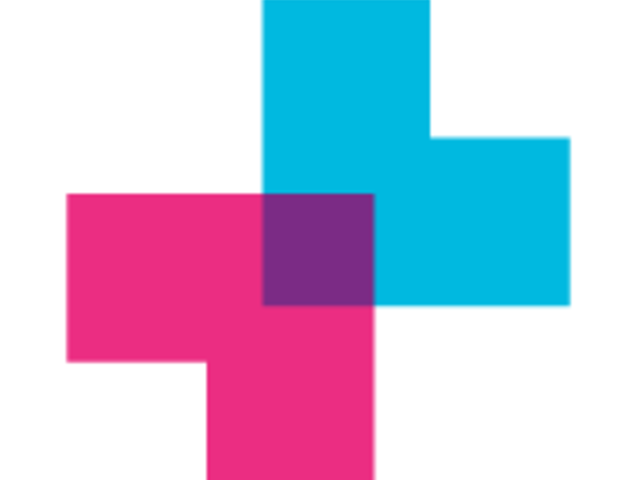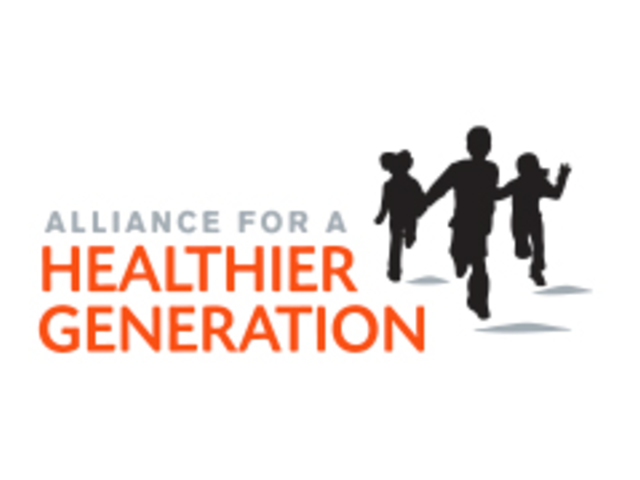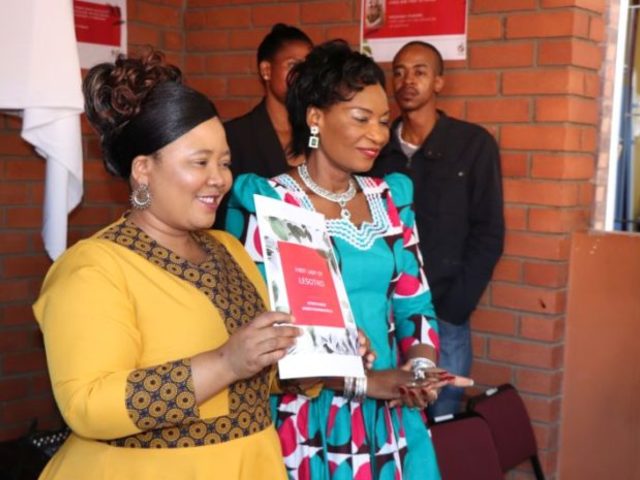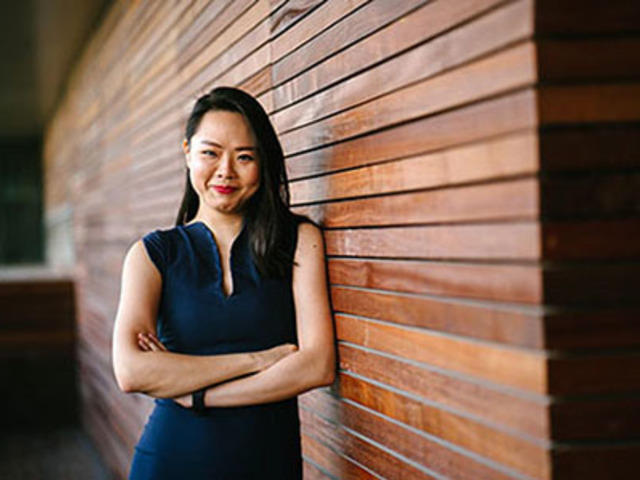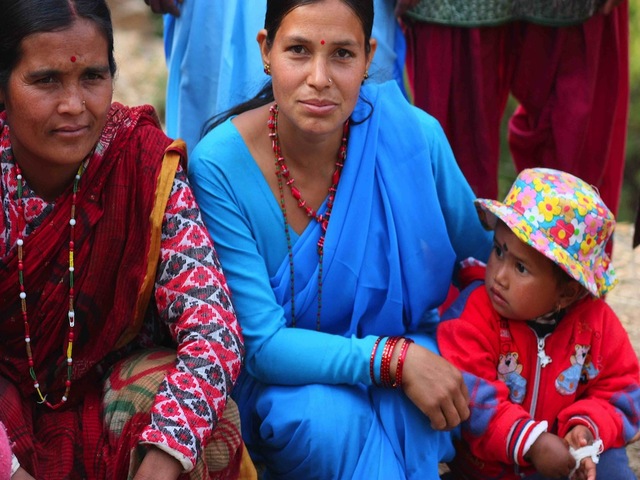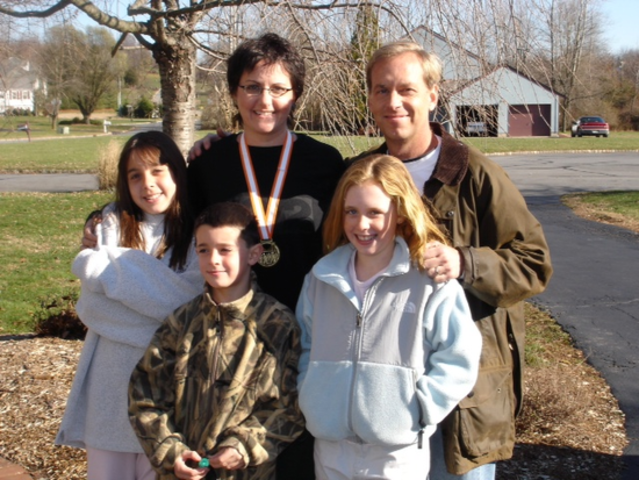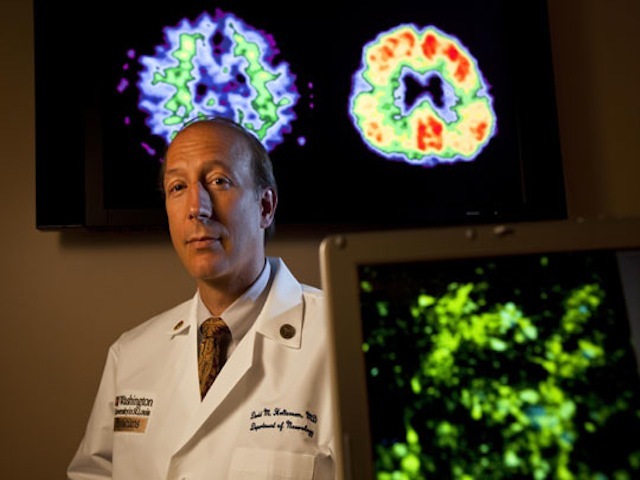In 2008, shortly after arriving in Achham, in the far west of Nepal, a regional epicenter of the epidemic, I met a woman with advanced AIDS. She would die shortly thereafter, of fulminant pneumonia. Her death was over a decade after highly active antiretroviral therapy came out, a remarkable scientific achievement made possible by a social movement that mobilized resources and awareness around HIV/AIDS.
Social movements rarely move fast enough, especially in a landlocked, impoverished place emerging from a civil war, and her death was a humbling reminder.
This week, Congress reauthorized, by a bipartisan consensus, funding for both the President’s Emergency Plan for AIDS Relief (PEPFAR), a testament to the staying power of the HIV/AIDS social movement that, even in such polarizing times, with a White House skeptical about foreign assistance and the government’s role in public health, Congress would act with such moral clarity.
The global HIV/AIDS social movement had a profound impact on my generation of medical students. In my freshman year of medical school in 2002, Randy Shilt’s And the Band Played On was as foundational a text as Frank Netter’s magesterial Atlas of Human Anatomy or Boron and Boulpaep’s epic Medical Physiology. As a doctor-in-training, these words shaped everything I know about treating patients.
Shilt would die of HIV/AIDS seven years after the publication of his book. I still return to Ray Navarro’s old clips on youtube, like the one where he dressed as Jesus Christ reporting in front of Saint Patrick’s Cathedral in Manhattan. His wit, aesthetic eye, and determination in the face of death. He would die at the age of 26 in 1990. He, like so many other activists, taught me what you don’t learn in a classroom: how to respond to tragedy, pain, and suffering.
The HIV/AIDS movement, largely involving activism among gay men at the onset, expanded to include a diverse group of individuals and organizations around the globe. Many traditions in western medicine rooted in class, racial, and gender hierarchies, reflective of who had sufficient power and privilege to serve as physicians.
In the United States, medicine has been defined by the cultural and organizational norms of white men. The HIV movement pushed at those historical roots. Concepts like global health, patient centeredness, adherence, implicit bias, LGBTQI care, social justice, and human rights are now at least familiar to medical students. If our socialization has suppressed compassion, HIV/AIDS activists taught us radical love transcending these categories.
On this 30th World AIDS day, the 10th year since Possible and Nyaya Health Nepal started delivering care in Achham, so much has changed, yet structural barriers, biases, and economics continue to conspire to lead to preventable deaths.
Over 40 million people around the world have died of HIV/AIDS. In 2018 there were approximately 1 million deaths due to the now-highly-treatable disease.
In Bayalpata Hospital in Achham, where Possible works in partnership with Nyaya Health Nepal, the day is observed with a morning gathering, where clinicians to administrators gather in circle, light a candle and retell the motivation that led us to this work than 10 years ago.
Bayalpata Hospital has been the largest and highest quality of HIV care in the far west, and one of the first to implement CD4 counting. This program, including all medications, is exclusively funded by the government, and one example where the government has championed both policy and practice. For Possible and Nyaya Health Nepal, treating HIV/AIDS is also our first example of longitudinal care delivery, and provided a path toward building a truly integrated health system.
Today, I remember the genius of the activists who changed the world, even as they faced death and mourned the loss of family and friends.
